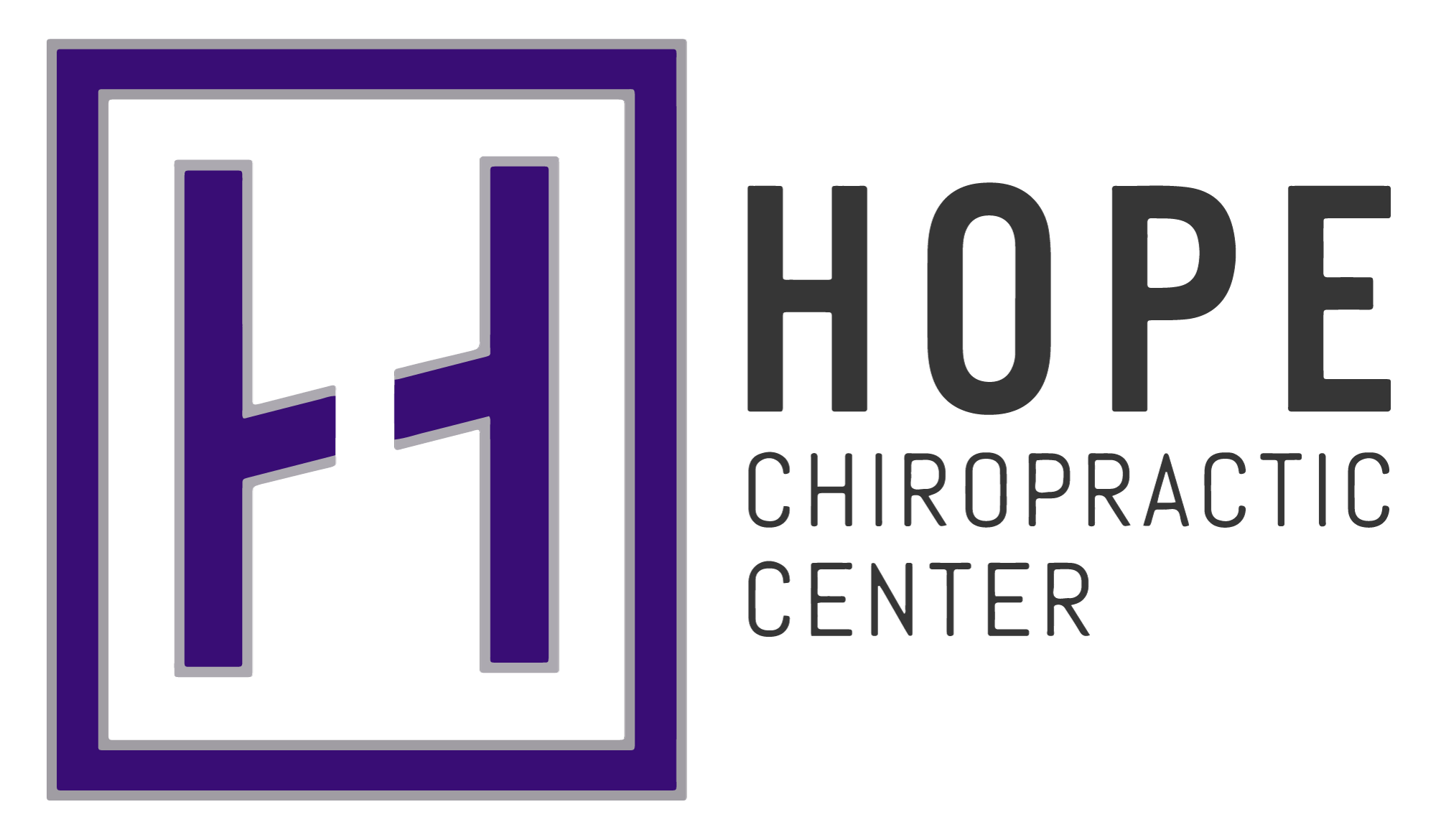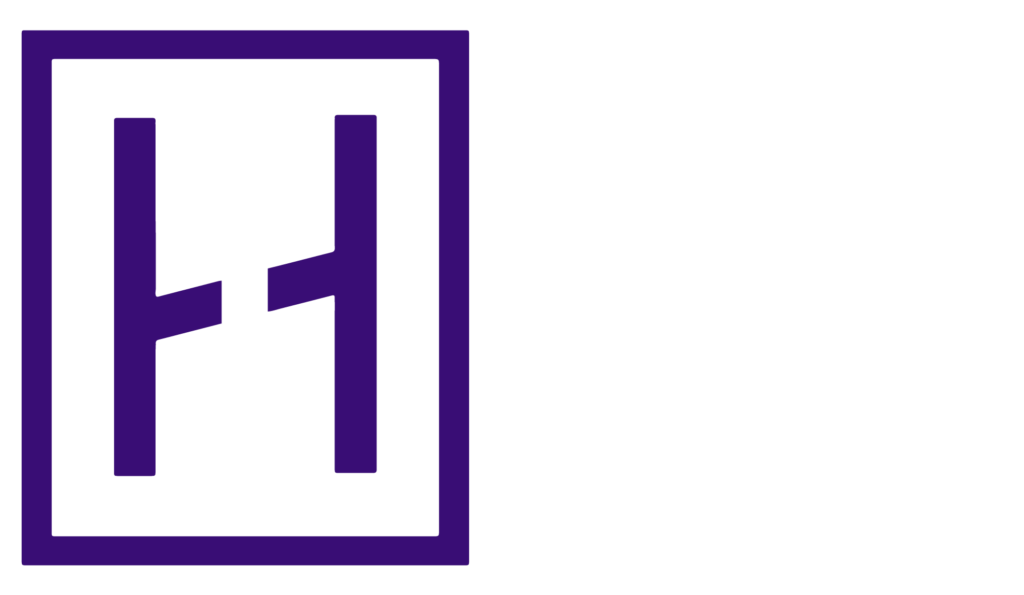Vertigo sucks.
Let’s be more specific.
Any time you get that sudden feeling of uncontrolled dizziness (whether it be from drinking too much the night before or as a result of a disease process) it really sucks.
According to the Mayo Clinic, vertigo is the sudden sensation that you’re spinning or that the inside of you’re head is spinning.
And since we have recently become expert statisticians with the recent COVID-19 epidemic, it is important to note that in the extrapolated data for studies surrounding vertigo, the range of incidence is somewhere between 15%-20% of the population on an annual basis.
That means you and 66 million of your closest friends will experience at least one episode of vertigo on an annual basis.
The good news is that for a majority of you – most likely the 15% number, this will spontaneously resolve and you won’t have to deal with the dizziness again – unless you decide to have another rendezvous with your favorite bottle of booze like it was your 21st birthday!
However, for the 5% of you that continue to navigate the impact vertigo has on your life, there can be a lot of questions regarding the healing process and what will and what won’t work.
I hope that the following blog will arm you with the tools to make the decision that is best for you to finally solve your vertigo.
The basics of vertigo (the inner ear)
You will find that if you understand basic neurology and physiology that a lot of what happens with vertigo makes sense.
The main players in the understanding of vertigo involve your head, neck and inner ear.
Let’s start the discussion with the inner ear and it’s role in managing balance.

So
The main structure we are concerned with in the regulation of balance is the area called your vestibular apparatus which houses your semicircular canals.
These canals have a fluid and fine hair like structures that respond to gravity and sudden changes in your head position to ensure that balance is not compromised.
Now, the long term school of thought surrounding vertigo has to do with the idea that there are crystals in your ear that have been knocked loose.
When they are knocked loose, they get into these canals and change your perception of gravity – see here.
As a result – vertigo!
This has been the basis of treatment for several decades, however, today we are going to take a dive down a different path (take the red pill if you know what I mean)
The Upper Cervical Spine and Vertigo
For most of us – we really wouldn’t connect the dots on thinking that our neck has such a vital role in the disease process of pretty much anything outside the scope of neck pain.
However, the area where your head and neck meet – referred to as your craino-cervical junction is an incredibly sensitive area responsible for controlling a majority (upwards of 80%) of the automatic functions of the human body.
Just pause and think for a moment.
At this point
- Your brainstem transitions into your spinal cord.
- Your vertebral artery (which supplies the posterior 1/3rd of your head) enter the skull
- the majority of venous drainage from your brain takes place
- the entire blood pressure system of the body is regulated
- and many many more functions.
So why is it that we are so quick to write this basic tenant of anatomy off?
I think it is because the idea that surround it is so foreign and yet so simple that we are destined to try to find a more complicated answer.
However – I think that this area in itself has enough complexity that an entire sect of a profession has dedicated their lives work to studying what happens when it becomes abnormal.
Over the course of the last 100 years, upper cervical specific chiropractors have been the Clydesdale’s in carrying the torch to show the impact a subluxation of this area can have on the expression of human health.
You might be scratching your head at this point and asking what a subluxation is (I wrote about it here) but for those of you who don’t want to click off this page….
A subluxation is consistent of 4 parts
- Malposition of a bone
- Occlusion of a foramen
- Pressure on a nerve
- Interference to the mental impulse
To simplify this for our understanding – it is the term that a chiropractor uses to describe what happens when there is a change in the normal anatomy of your spine causing a change in the organization and coordination of your nervous system.
To take it one step further, an upper cervical chiropractor studies the first and second cervical vertebra and what happens when they become abnormal.
For a majority of cases, this is caused by one of three or a combination of three stressors as discussed here.
When we fail to successfully adapt these stressors, a subluxation is presented causing abnormal function of our body.
Now, you may be asking yourself how does this have anything to do with vertigo?
I’m glad you asked…
Currently, there are four prevailing theories that are being used to discuss the role of the bio-mechanics of the upper cervical spine in conjunction with the cause of vertigo.
Theory #1: The Eustachian tube
When a subluxation is present in the upper cervical spine, it will change the tone of the autonomic system.
As basic physiology states, we should have a balance between rest and digest (parasympathetic) and fight or flight (sympathetic).
When there is subluxation, this balance is virtually non-existent.
In the case of the theory surrounding the Eustachian tube, when there is a change in the joint position of the first and second cervical vertebrae, a sympathetic reflex can occur causing an increase in sympathetic tone.
Basic neurology has informed us that the Eustachian tube is a structure that responds to the sympathetic branch of the autonomic system.
Thus, when there is heightened sympathetic tone as in the case of an upper cervical subluxation, the normal function of the Eustachian tube will be compromised.
This causes a change in the function of the structures of the middle ear (where the semicircular canals are housed) leading to the feeling of vertigo.
Theory #2: The Vertebral Artery

The vertebral artery is responsible for supplying the posterior 1/3rd of the skull with rich oxygenated blood.
We know from anatomy that the vertebral artery exits the transverse foramen of the first cervical vertebrae and enters into the foramen magnum to form the posterior portion of the blood vessels into the brain.
As a result, when we suffer from a trauma that involves rotational forces to the neck, it can cause a rotational malposition of the atlas vertebrae.
When this happens, according to Panjabi, 30º of atlas rotation begins to occlude the contralateral vertebral artery. Meaning – if you have a 30 degree rotation of your atlas, there is a high likelihood that the side opposing the rotation will have a compromised vertebral artery. Furthermore, if you have a 45º rotation of your atlas, the same side vertebral aretery will be compromised.
Knowing that the posterior inferior cerebellar arteries are a branch off of the vertebral artery and are responsible for supplying blood to the vestibulocochlear nerve, an occlusion of the vertebral artery could lead to a lack of blood flow to the nerve responsible for controlling the function of the middle ear resulting in the vertigo like symptoms.
Theory #3: Cerebral Spinal Fluid Blockage
This is a rather new discussion in research with the development of the upright MRI that can allow us to see real time movement of the CSF through the Cranio-Cervical Junction.
Without diving too deep into CSF and the direction it flows, we will start at the most significant point.
The role of the CSF is to transfer cell nutrients and cell waste as well as maintain the floating environment of the brain within the hard bony skull.
When there is a blockage of this structure, nutrients are not transferred and waste are not disposed of resulting in damage the structures of your central nervous system, including the cranial nerves.
As we know from anatomy – the cranial nerves are responsible for very specific structures within your central nervous system.
As it pertains to the middle ear, the nerve responsible for communicating the current status is called the vestibulocochlear nerve.

When we have a blockage of CSF drainage due to a change in the position of the atlas vertebrae, it can compromise the function of this very specific nerve which can lead to vertigo.
Theory #4: Torquing of Ligaments
Since the 1920’s, a very specific field of Chiropractic has been focused on the close relationship between the atlas bone and the spinal cord.
This sect of Chiropractic is referred to as Upper Cervical Specific.
One of the theories for the basis of Upper Cervical specific focuses on the unique anatomy surrounding the atlas – more specifically the face that the tough outer covering of the central nervous system (referred to as the dura mater) attached to the ring of the atlas.

In conjunction with this piece of anatomy, there are also 23 pairs of dentate ligaments that run from the level of the atlas to the 12 thoracic vertebrae anchoring the spinal cord within the spinal column.
One of the theories of upper cervical specific focuses on what happens when you have a subluxation of the Atlas vertebrae causing a torquing of the dentate ligaments and putting strain on the spinal cord and brain stem.
Knowing from our previous theory that in normal anatomy, the vestibulocochlear nerve is a branch off of the brain stem, when a torquing of the atlas vertebrae take place, it can strain the brain stem and this nerve leading to the perceived symptoms of vertigo.
Connecting the dots.
Now that we have explored the multiple theories surrounding Upper Cervical Specific Chiropractic and the impact a subluxation of the atlas vertebrae can have on the multitude of structures that can lead to vertigo, let’s take a moment to connect the dots so we can finally give you a solution to your vertigo.
As I have stated multiples times in this blog, according to medical research, vertigo is a life long condition that you have to learn to live with.
Their research suggests dietary changes and several different types of medication to manage symptoms.
But!
As we have discovered today, this is absolutely not the case.
If the situation is such that you have a subluxation of your upper cervical spine, the path to Hope is incredibly simple and is definitely worth exploring.
When we first encounter a patient who suffers from vertigo, we work incredibly diligently to gather all pertinent health history information so we can get a better picture of the cause.
For a majority of your, this will be a whiplash type injury that has happened in your past that most people tend to forget about.
For others, this could be a surgery, or even a spontaneous episode of vertigo with no known cause.
Regardless – the first step in the path to recovery is exploring your past and navigating any potential events that could have caused your vertigo.
Once we have gathered all pertinent health history information, we take a dive into your autonomic nervous system.
A common thread in each of the theories we previously discussed is the impact an atlas subluxation has on your central nervous system.
The autonomic branch of your central nervous system can be evaluated utilizing a state of the art technology called computerized infrared thermography.
This is a incredibly sensitive and specific test used to evaluate your bodies ability to regulate surface body temperature.
According to Uematsu et al, a normal healthy autonomic nervous system should be able to regulate parapspinal surface temperature within .5 degrees celsius between the left and right side.
When this does not happen, it warrants that there is an insult to the autonomic nervous system, typically located in the upper cervical spine.
After exploring the 4 theories that are guiding our rationale for upper cervical chiropractic and vertigo – this would make sense.
For a majority of people dealing with vertigo – this test will come up positive.
As Brene Brown likes to say – “if it can’t be measured, it doesn’t exist.”
Thus, being able to measure this incredibly important factor gives us a basis for absolutely knowing that there is an issue and it is located in your upper cervical spine.
The next step to determine exactly how to help you is to take a series of upper cervical specific x-rays to evaluate the exact position of your atlas.
If you go back to our theories – remember we are looking for lateral translation of the atlas as well as any rotation (between 30 and 45 degrees).
Once we have these two tests completed, we will be able to make a recommendation of care for helping you finally have your vertigo stop.
For most patients who suffer from vertigo – this process takes between 6 and 8 months and baring any future trauma, the likelihood of your vertigo returning is slim to none.
Choose Hope.
Thankfully, we have trained for the last 6 years in Upper Cervical Specific Chiropractic and we have helped people just like you.
Our patient have found lasting results and they have rediscovered Hope.
The only question I have left for you is, why wait?
Why let your vertigo keep going?
There is Hope.
There is an answer.
When you are ready to get started, call us today at 972-638-0994 and we will be happy to help you every step of the way.
Hope will prevail.







